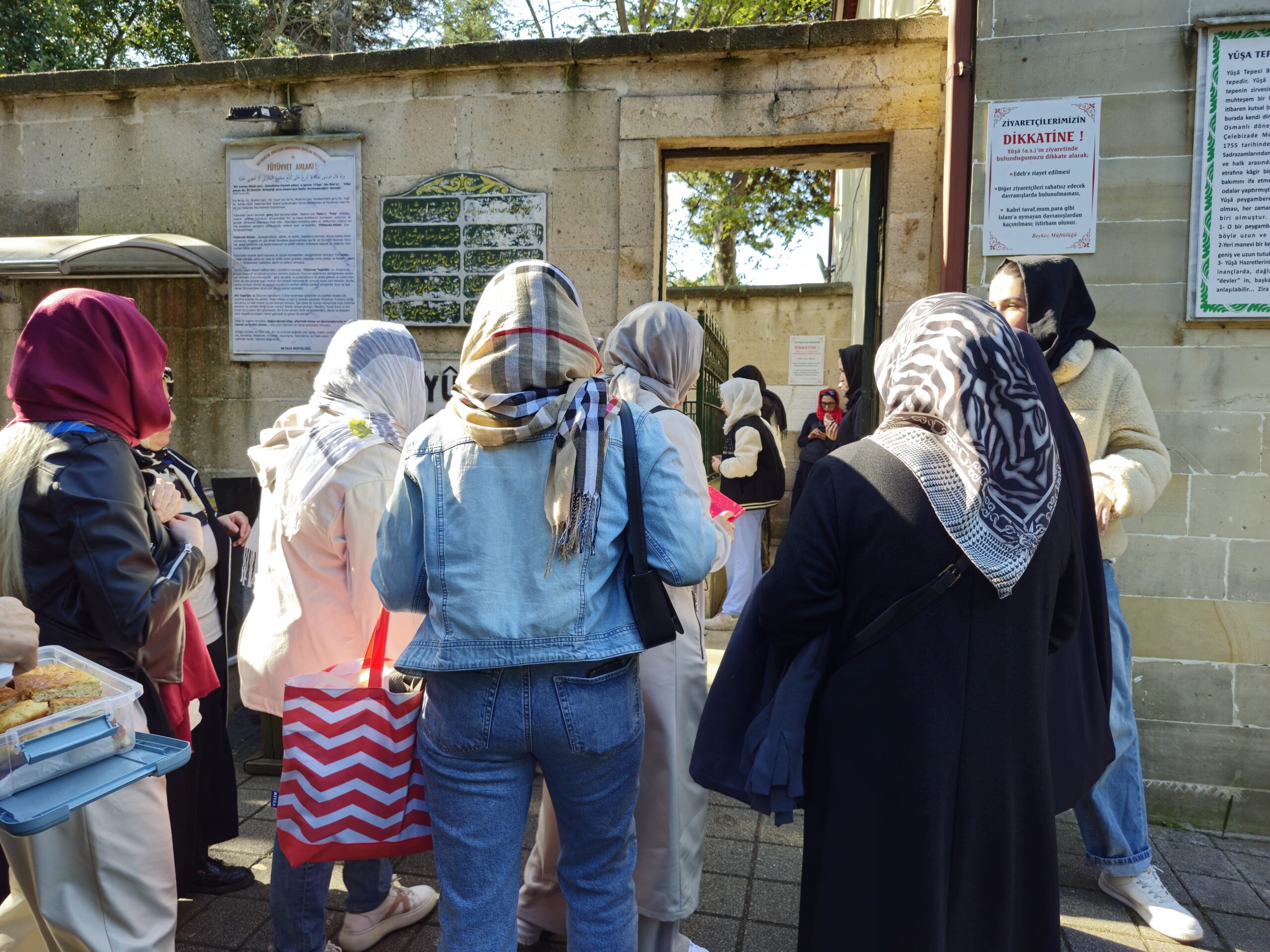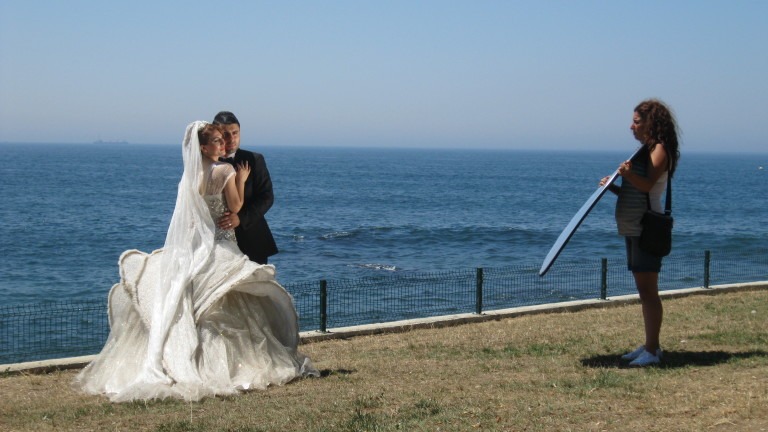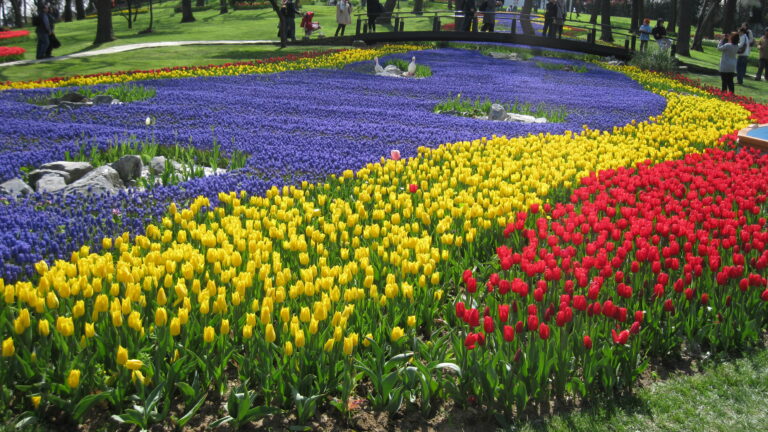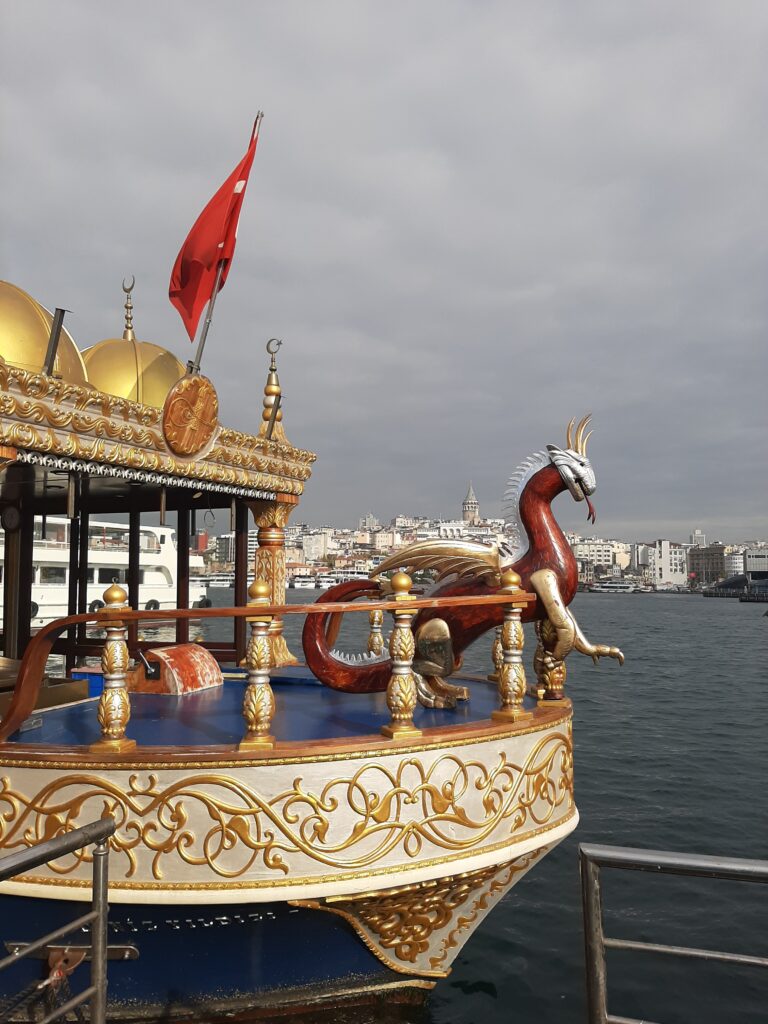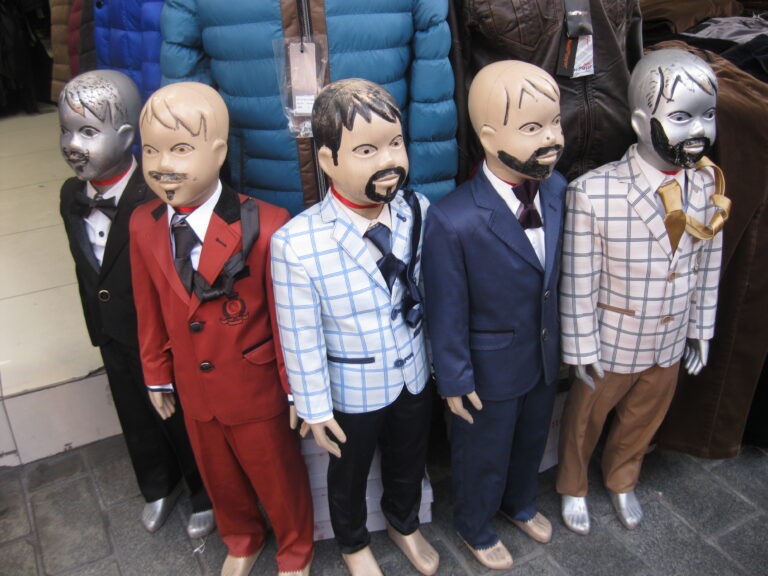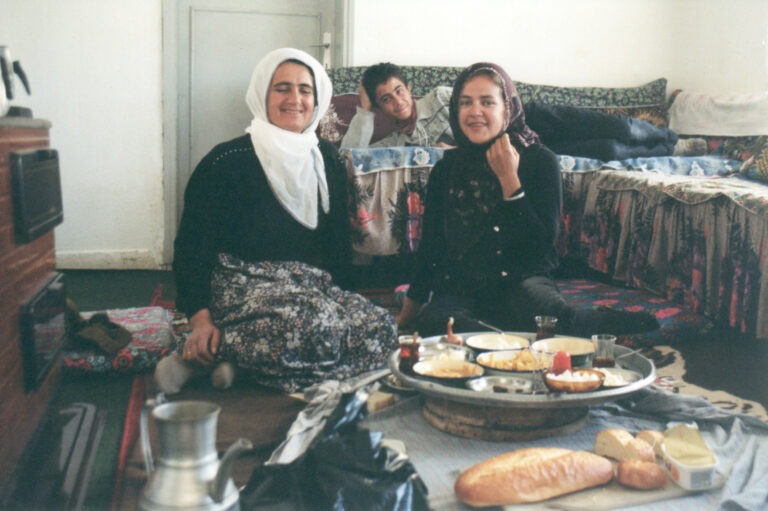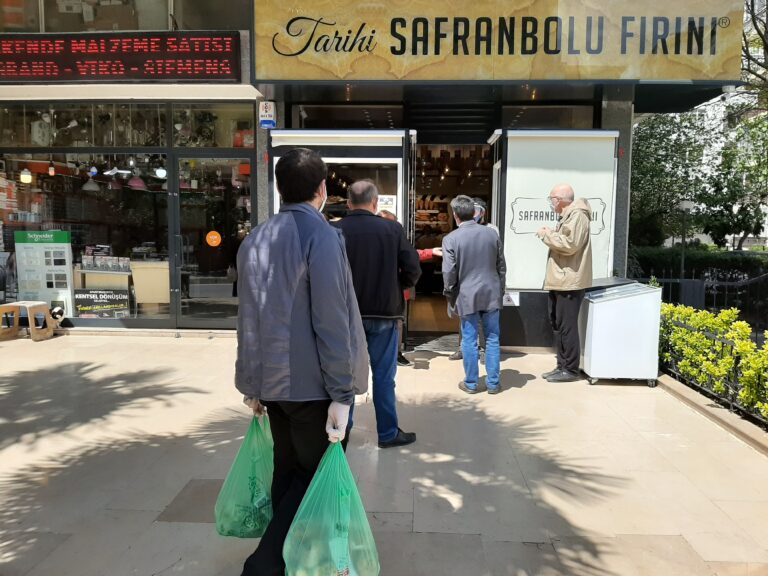Yuşa Tepesi aka Joshua’s Hill
Late last year I finally made it to Joshua’s Hill, otherwise known as Yuşa Tepesi in Turkish. Yuşa is one of the four saints of the Bosphorus, and this holy site is famous for his tomb, aka the Giant’s Grave. It’s so named because the spot where he’s believed to be buried is 17 metres (56 ft) long and 2 metres (6.6 ft) wide. People believe the grave is miraculous and come to pray to be relieved of their sickness. You enter through a doorway in a stone wall on one side, walk past the grave planted with large shrub and several trees contained within a cast-iron fence, then exit through a second doorway.
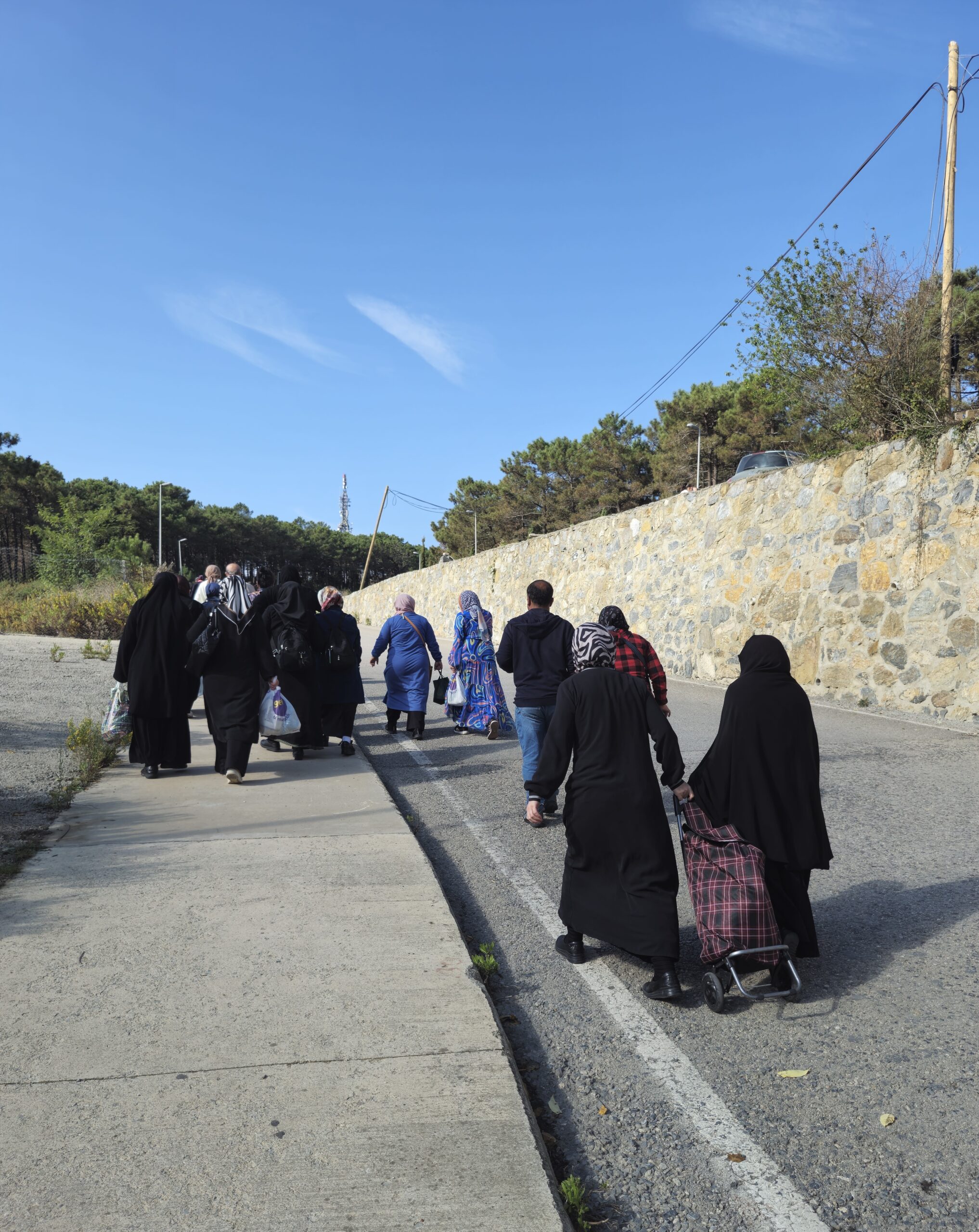
Getting to Joshua’s Hill took some doing. It was a public holiday and I had to catch a bus along the one lane coastal road from Uskudar, get off at Kandili and catch another. The first leg was pretty smooth. The bus was crowded but not too much. At the transit stop a gaggle of women in various versions of tesettür, conservative religious attire, had already gathered, waiting to catch the bus up to the tomb.
I got chatting with one of them who’d come all the way from Fatih with her little boy and girl. She told me how she liked to visit religious spots and historical sites and only had free time on public holidays. The conversation moved on to faith and we agreed being honest and true was more important than what religion you were. All the while more women joined us, the crowds grew and no connecting bus appeared. It turned out none of them had checked the timetables when they set off in the morning and even I’d forgotten to factor in more limited services on a non-working day.
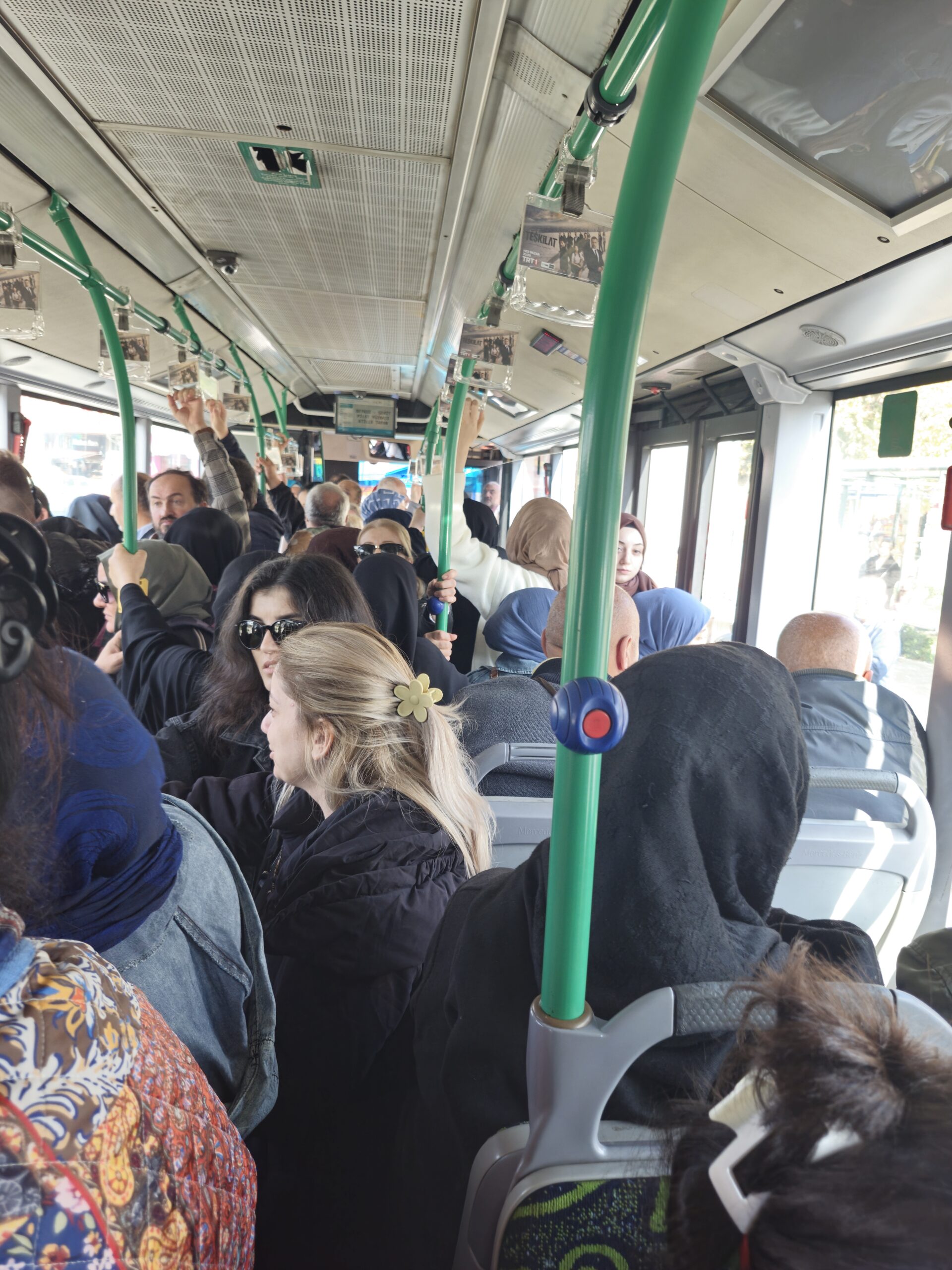
Next we were joined by a group of well-heeled women who ignored our loosely organised but obvious queue. As soon as our bus came in sight they tried to stand at the head of the line but my flock of new found friends formed a cordon and blocked their way. Once inside the bus the tension broke as we united over a lack of air-conditioning, and further consolidated our positions when we the already jampacked bus came to a stop teeming with would be passengers.
A woman stepped up through the middle door and wouldn’t accept she couldn’t get on because there was absolutely no room. Everyone joined in calling for her to get off so the driver could shut the door and go. Emotions ran high and at one point I thought a fight would break out but she finally disembarked, but not before showering everyone with angry words. To be honest I was quite surprised given we were on our way to a holy place.
What you’ll find at Joshua’s Hill
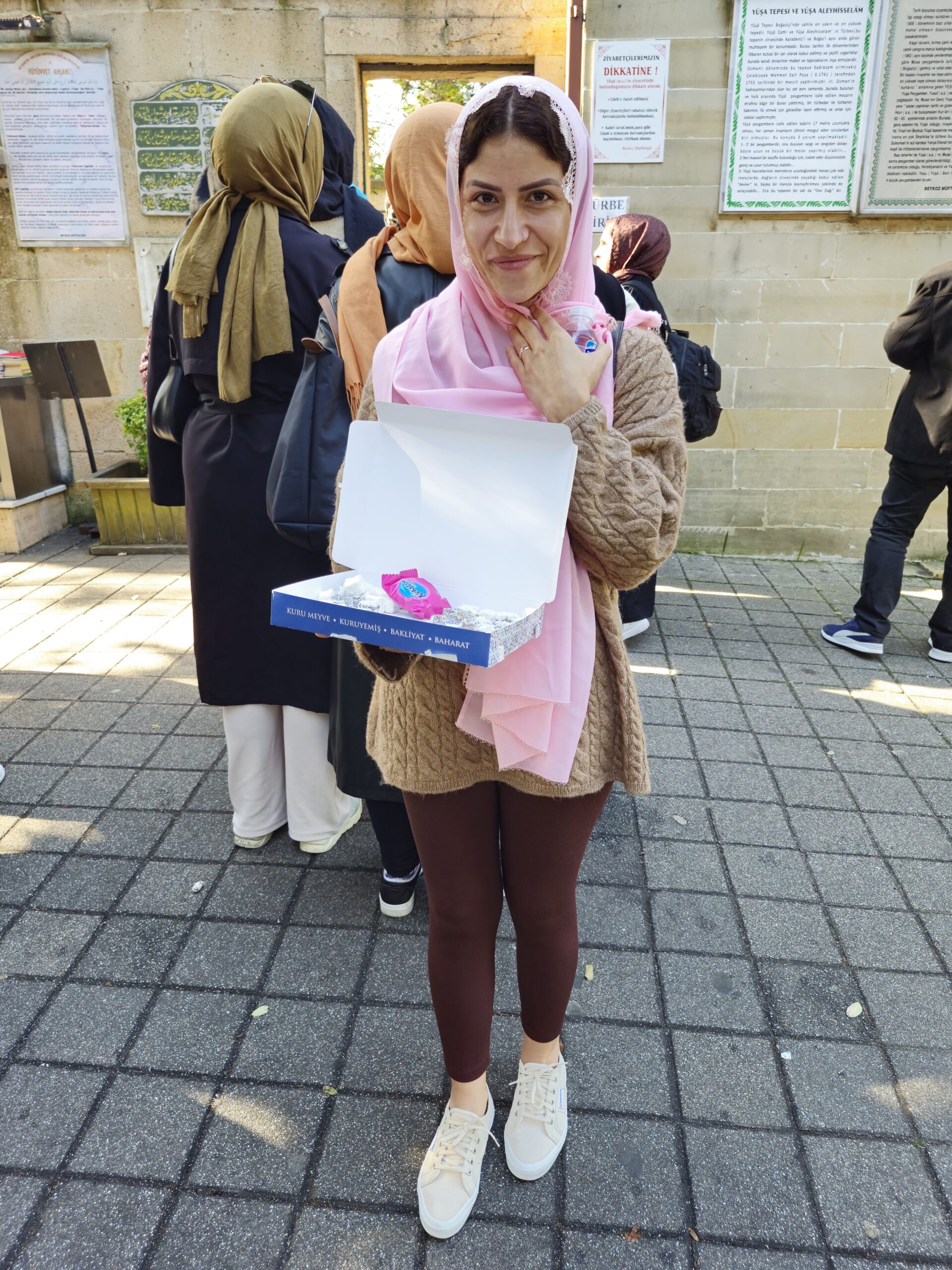
The tomb is about a five minute walk from the stop, up a rather steep slope. It’s not called Joshua’s Hill for no reason. If you get a bit puffed stop and enjoy the view. It’s rather good.
A stone entry gate opens out to shady paths, lively with leafy trees and pretty flowering shrubs. The grave is straight ahead up some stairs and the entrance is easy to spot. People queue relatively politely to enter, while tables piled high with water, cakes, lokum, that’s Turkish Delight, and boiled lollies attract sweet toothed pilgrims and bees. The charming woman in the photo making her own offering told me they’ve been left by people returning to give thanks after their prayers have been answered.
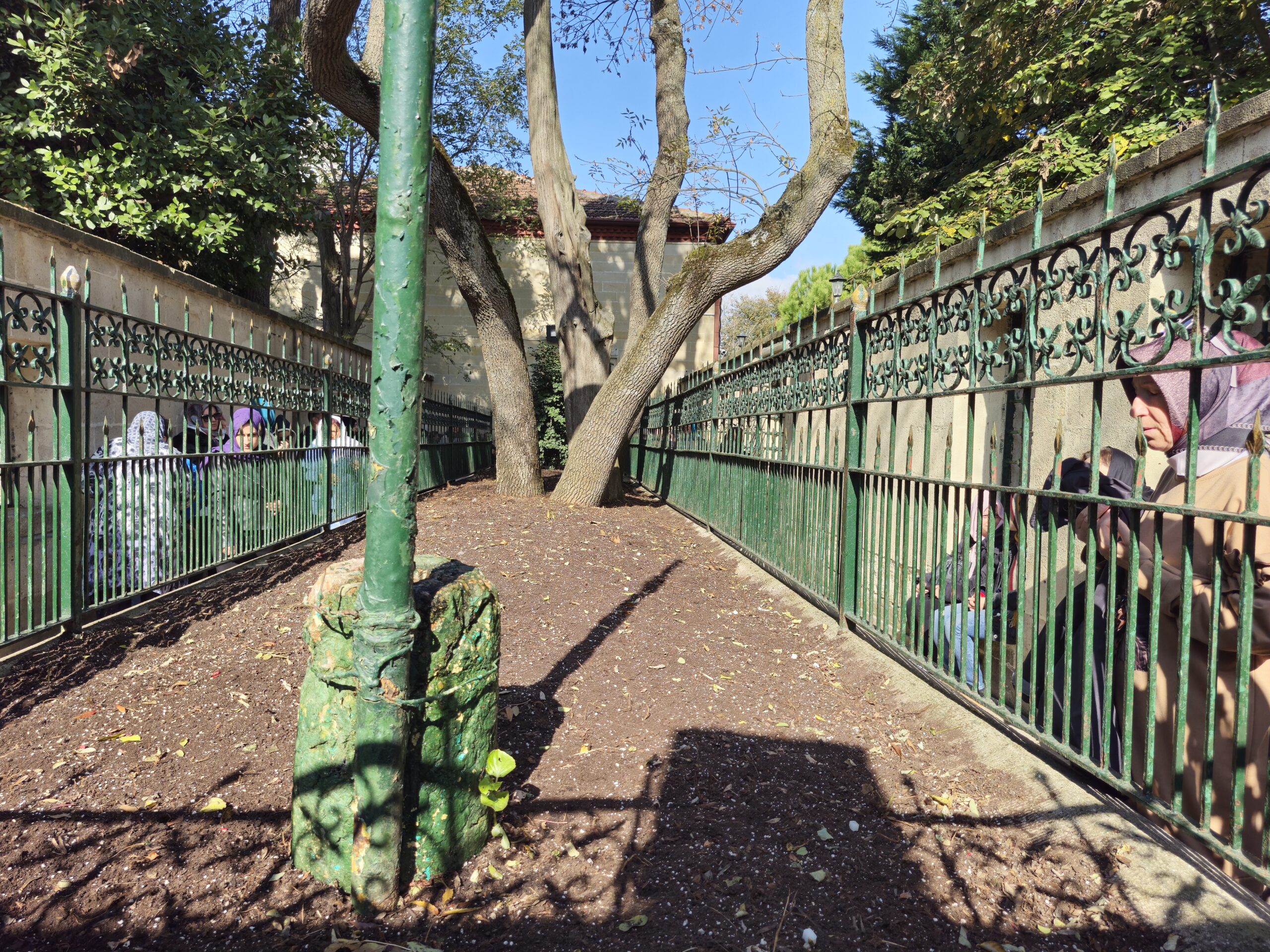
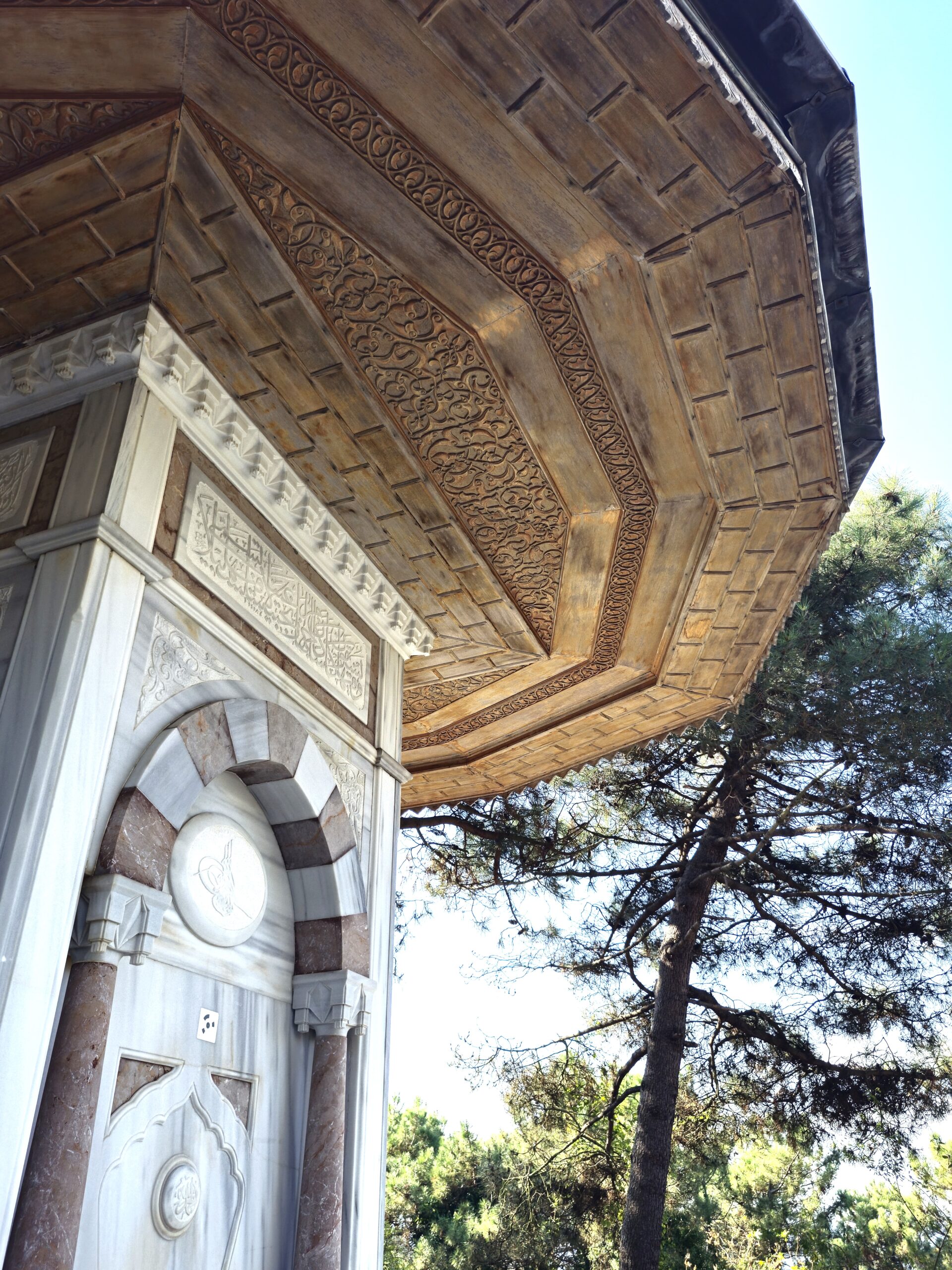
It’s a bit of a scrum around the tables at times to be honest but once inside the actual gravesite, all is calm and almost completely silent. People press themselves against the metal fence or lean back against the walls, hands cupped in front of them in prayer. Some also read from prayer books or from their phones. The devout are mainly women, those who wear a headscarf as part of their daily attire and others in fashionable jeans and jackets, heads covered out of respect. A few men and of course children make up the rest.
The tomb is set at the highest point of the grounds and paths lead down through the greenery to a mosque, large fountain, viewing point and ablutions facilities. Family groups sat on benches and low walls, some praying with eyes closed, others chatting, and kids playing endless games of chasings in the park.
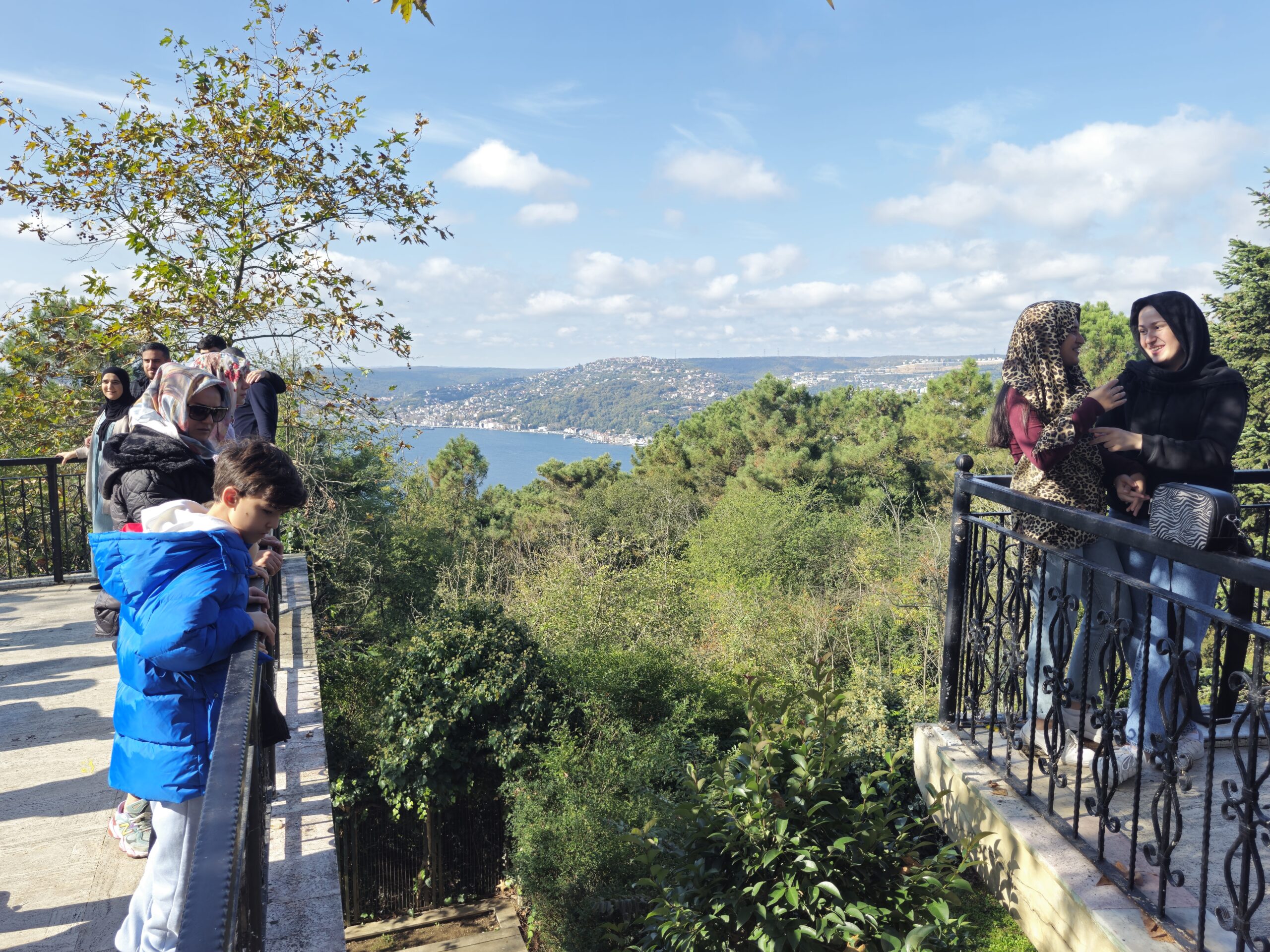
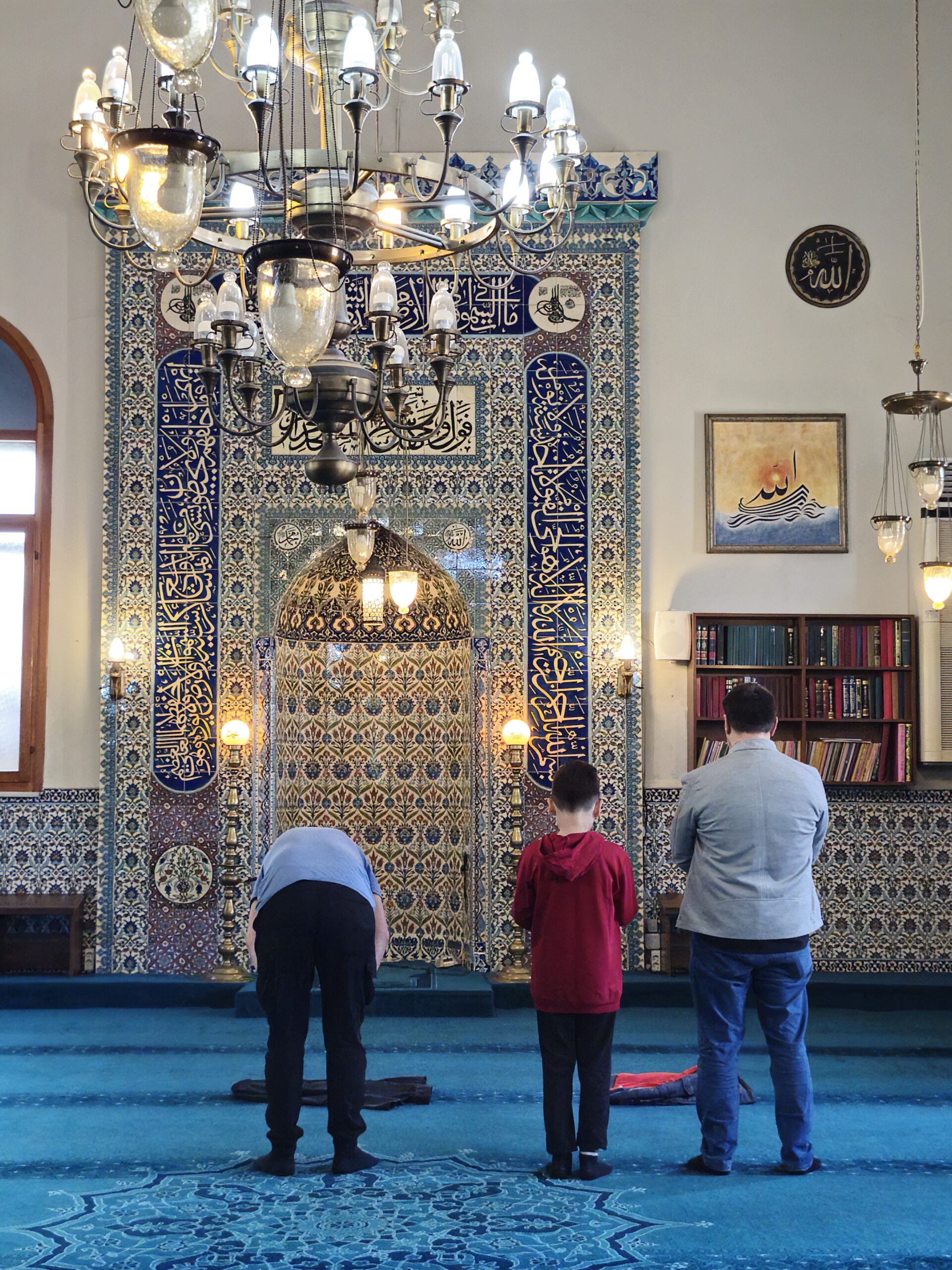
At the terrace overlooking the Bosphorus, I joined families and young lovers taking selfies. I love blending with the crowd and watching Turks play tourist. Interestingly there were a lot of foreign Muslims there too. Inside the mosque I stood quietly behind a group of men in prayer although I had initially been directed upstairs to the women’s section by a random male worshipper. I did follow his directions but wanted to get a better look at the ornate mihrab, the niche indicating the direction of Mecca.
Satisfied I’d seen all there was to see at Joshua’s Hill, it was time to leave, but not before making a toilet stop. A lot of people express concern about using Turkish toilets, but generally I find they’re pretty clean these days. Many, like the ones here şaldıran, an area for ritual ablutions, inside the women’s loos. Usually they consist of taps sticking out of a wall in front of low stools but these ones had back supports. They looked like breakfast bar stools but set close to the ground.
Getting back from Joshua’s Hill
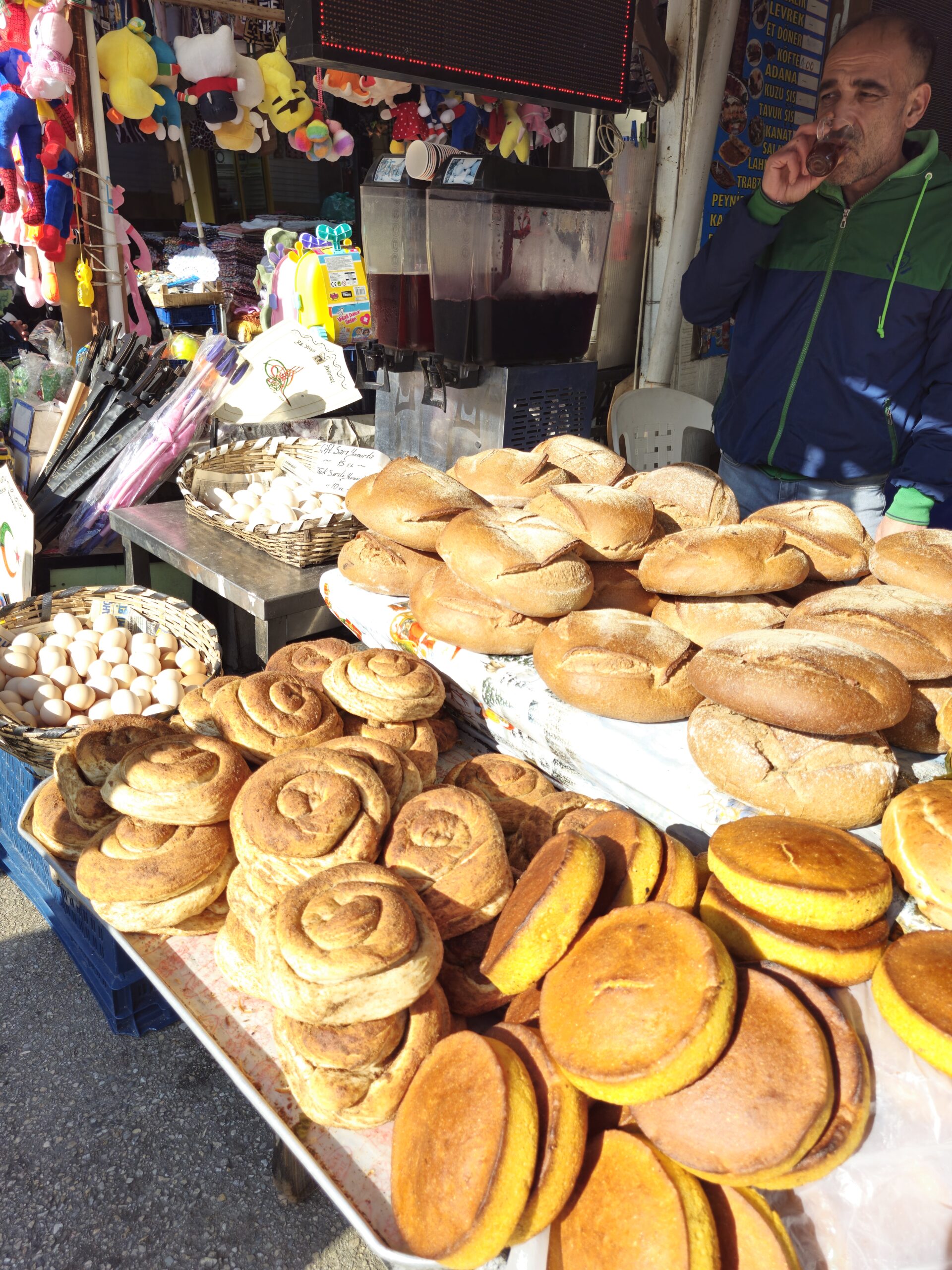
I walked back down the road to where I’d got off the bus. Going downhill was much easier so I had time to take in my surroundings. One side of the road marks a military zone and the other is lined with stalls. People sell jars of honey, pekmez a kind of spread made from boiled grapes, recycled drink bottles filled with natural cactus juice and kizilcik, a berry juice, and women make gözleme. There are dolls for girls and plastic guns for boys and some adak stalls too.
Adak is the act of sacrificing an animal as a thank you to Allah for answering their prayers. These sorts of sacrifices happen outside the once a year sacrifice holiday known as Kurban Bayram.
Then I spent another 30 minutes walking back down to the Bosphorus, along narrow winding roads with no pavements. The route was so steep at times I feared I’d end up slaloming down to the bottom. I knew if I did I’d probably end up on my nose!
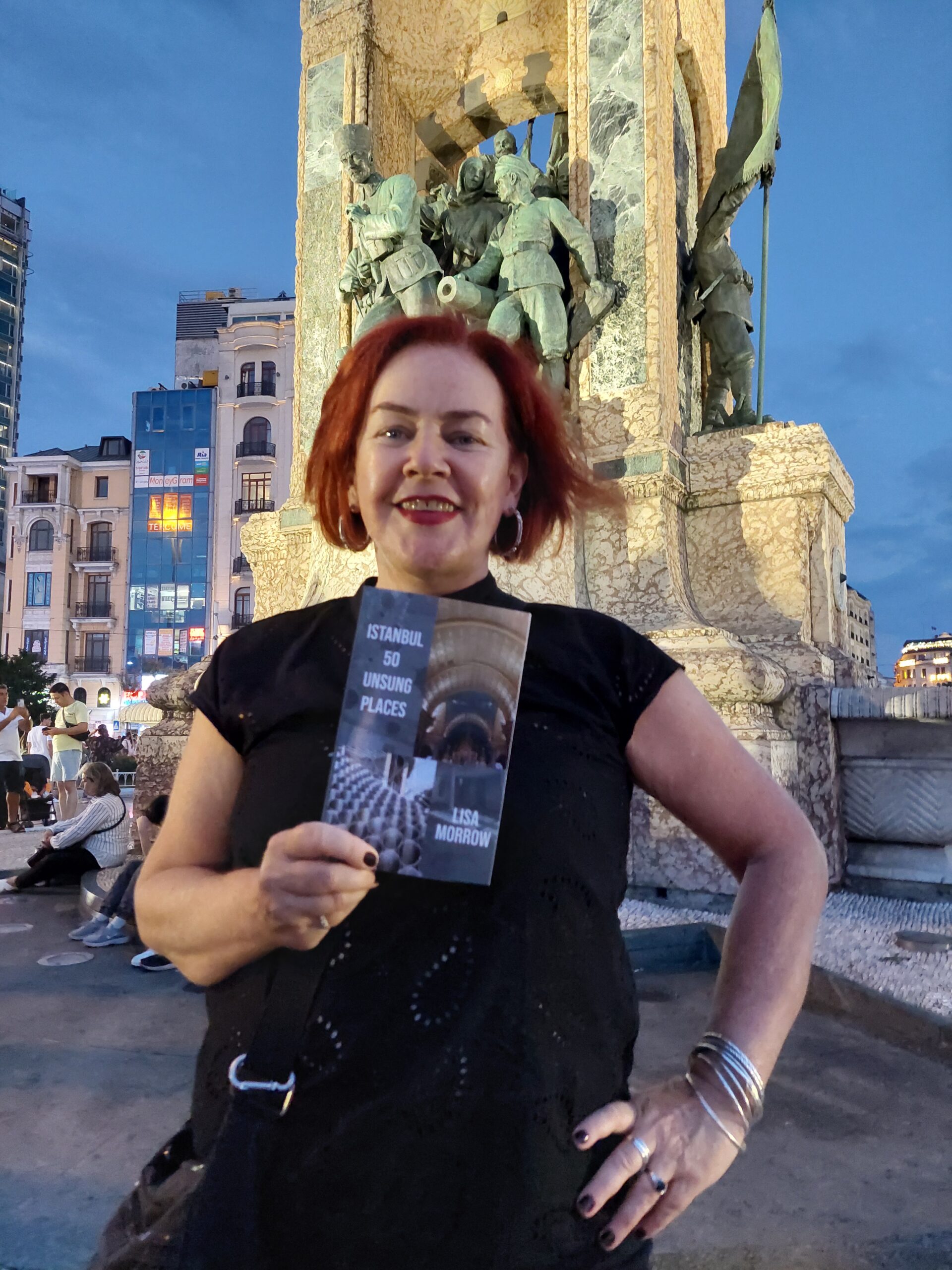
All up I spent almost five hours on public transport there and back and it was hard going. I thought it was worth it but then I live in Istanbul and do things like this in the name of research, and oh, alright, nosy curiosity. If you’re only here for a short time I’d recommend you get a taxi. However you can visit many other lesser visited sites in Istanbul all by public transport, 50 of them in fact, with my alternative travel guide Istanbul 50 Unsung Places.
Aziz Mahmud Hudayi is another of the four saints of the Bosphorus. His tomb is also up a hill, only much shorter although equally steep.
